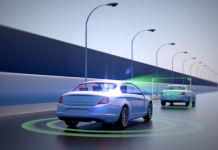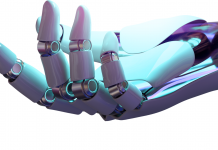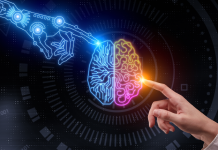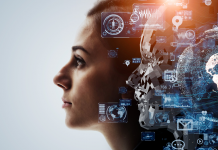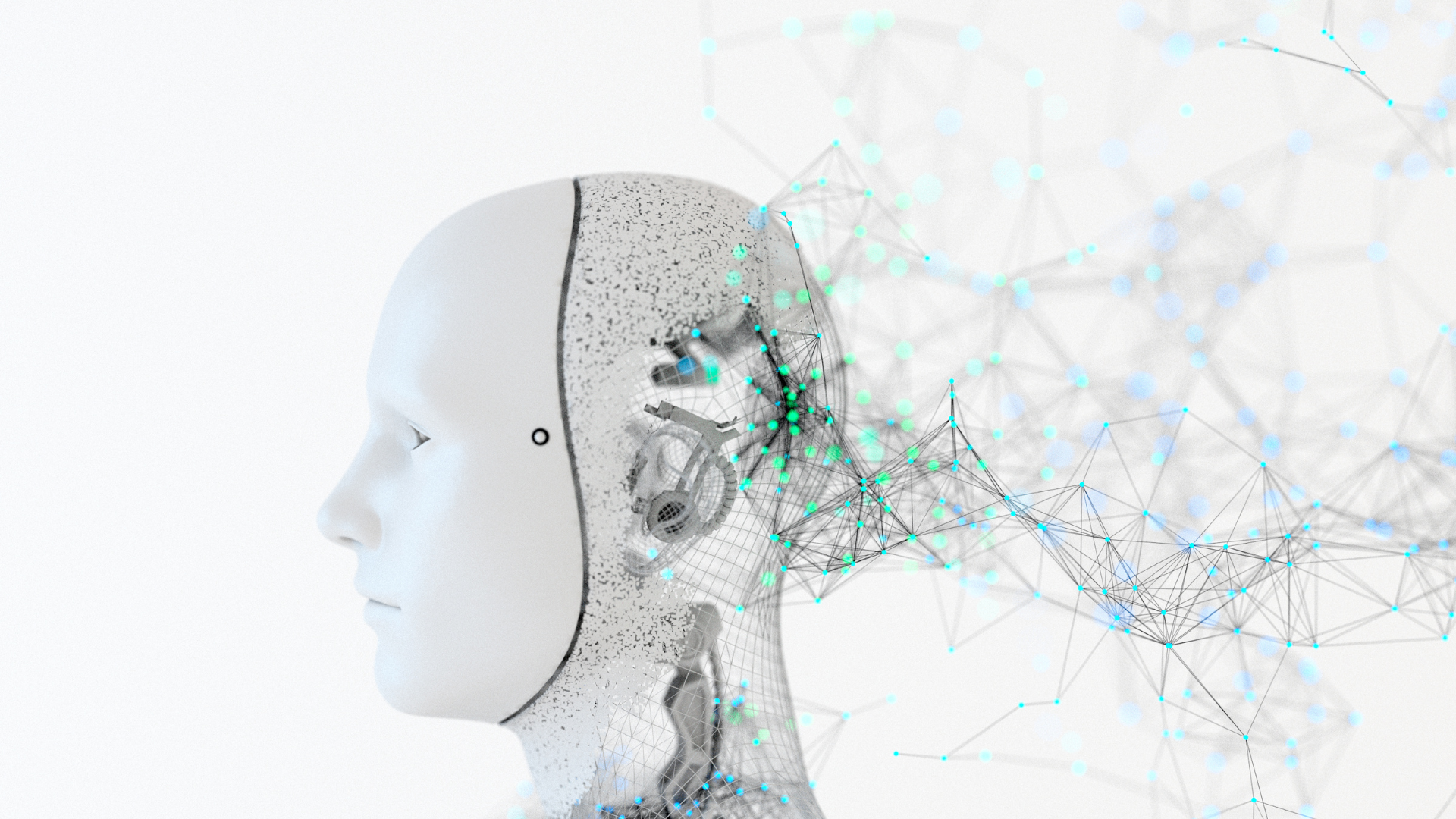
The field of AI has been around for a long time, but it’s still changing the world. You might be thinking that we’ve already seen all the innovation there is to see in AI—but you’d be wrong!
Today, we’re going to look at the top 10 innovations in the field of AI. This list includes some surprising entries, as well as some that have been waiting for their time in the spotlight.
We’ll take a look at each one and explain why it’s so important and what it could mean for the future of AI research.
1. Natural Language Generation
One area where AI is making great strides is in its ability to generate natural-sounding human speech.
This technology is being used by virtual assistants like Amazon’s Alexa and Apple’s Siri to provide realistic responses to user queries. It can also be used to create lifelike characters in video games and movies.
2. Speech Recognition
Another impressive feat made possible by AI is real-time speech recognition. This technology allows devices like Google Home and Amazon Echo to understand spoken commands and carry out actions accordingly.
In addition, many smartphones now come with built-in voice control features powered by AI algorithms.
3. Virtual Agents
Virtual customer service agents or chatbots are increasingly being used by businesses as a cost-effective way to interact with customers online or over the phone 24/7 without needing human intervention.
Thanks to their advanced natural language processing abilities, these digital helpers can hold meaningful conversations with humans about a wide range of topics such delivery times, returns policy, product recommendations etc.
4. Decision Management
Decision management is a process whereby AI is used to make decisions on behalf of humans.
This could be something as simple as deciding which route to take based on traffic conditions or something more complex like managing a portfolio of investments. The key here is that the machine is making the decision, not the human.
5. Biometrics
Biometrics refers to the use of physical characteristics (e.g., fingerprints, iris patterns) for authentication purposes. In other words, biometrics can be used to verify that someone is who they say they are before allowing them access to certain information or systems.
With so much data being stored digitally these days, it’s important to have strong security measures in place and biometrics are one way to do this effectively.
6. Machine Learning
Machine learning involves teaching computers how to learn from data. This is done by feeding the machine a large amount of data and then letting it identify patterns and correlations on its own.
The benefit of using machine learning is that it can enable computers to find hidden insights without being explicitly programmed to do so.
7. Robotic Process Automation
Robots are increasingly being used to automate tasks that previously had to be performed by humans. This includes both simple and complex tasks, such as data entry and analysis, customer service, and even medical diagnosis.
The benefits of using robots for these purposes include increased accuracy and efficiency, as well as the ability to work 24/7 without breaks.
8. P2P Networks
A peer-to-peer (P2P) network is a type of computer network in which each node (computer or other device) can act as both a client and a server. This enables direct communication between nodes without the need for a central server.
P2P networks are often used for file sharing applications because they allow users to directly connect with each other instead of going through a third party provider.
9. Deep Learning Platforms
Deep learning is an AI technique that involves training artificial neural networks on large amounts of data so that they can learn complex patterns like human beings do – making them much more powerful than traditional machine learning algorithms.
There are many different deep learning platforms available today, some open source and some commercial. Each has its own advantages depending on your needs. Some popular deep learning platforms are Google’s TensorFlow, Facebook’s PyTorch and Microsoft’s Cognitive Toolkit.
10. AL Optimized Hardware
In the past, AI applications were constrained by the limited processing power and memory of general-purpose computers. This began to change in 2009 when Nvidia released its first GPU specifically designed for deep learning.
GPUs are now an essential part of many data center architectures because they offer up to 100x faster performance than CPUs for certain workloads such as image classification and object detection. Other hardware vendors have followed suit with their own AL optimized chipsets including Google (TPU), IBM (PowerAI), Qualcomm (Snapdragon Neural Processing Engine) and Intel (Nervana).
These new hardware offerings allow businesses to train and deploy neural networks much faster than before, which is driving even more innovation in the field of AI.
The Future of AI!
The future of artificial intelligence is shrouded in mystery and possibility. But despite the many unknowns about the future, there are a number of factors that suggest that AI will become increasingly important. First, fast-moving technical advances are erasing the divide between human and machine capabilities, and devices are becoming more embedded into our everyday lives.
Financial services, medical care, public transportation, and industrial production are just some of the areas where AI is finding widespread use. As AI improves at performing complex tasks and offering decision-making assistance, it is likely to play an even bigger role in the future. As AI gets better at understanding and responding to the complexities of the world, its capabilities will continue to increase exponentially.
This suggests that businesses must start preparing now for how they will integrate AI into their operations or risk being left behind by competitors who do so successfully.
The Bottom Line
AI has come a long way since it was first used in the 2000s. In fact, today’s AI is able to do things that seem almost magical to us mere mortals: It can diagnose disease, write news articles and poetry, drive cars, and more.
But what will the future of AI look like? What innovations will we see in the next few years? The next decade? The next century?
Only time will tell. But one thing is clear: This field is only getting more exciting!

